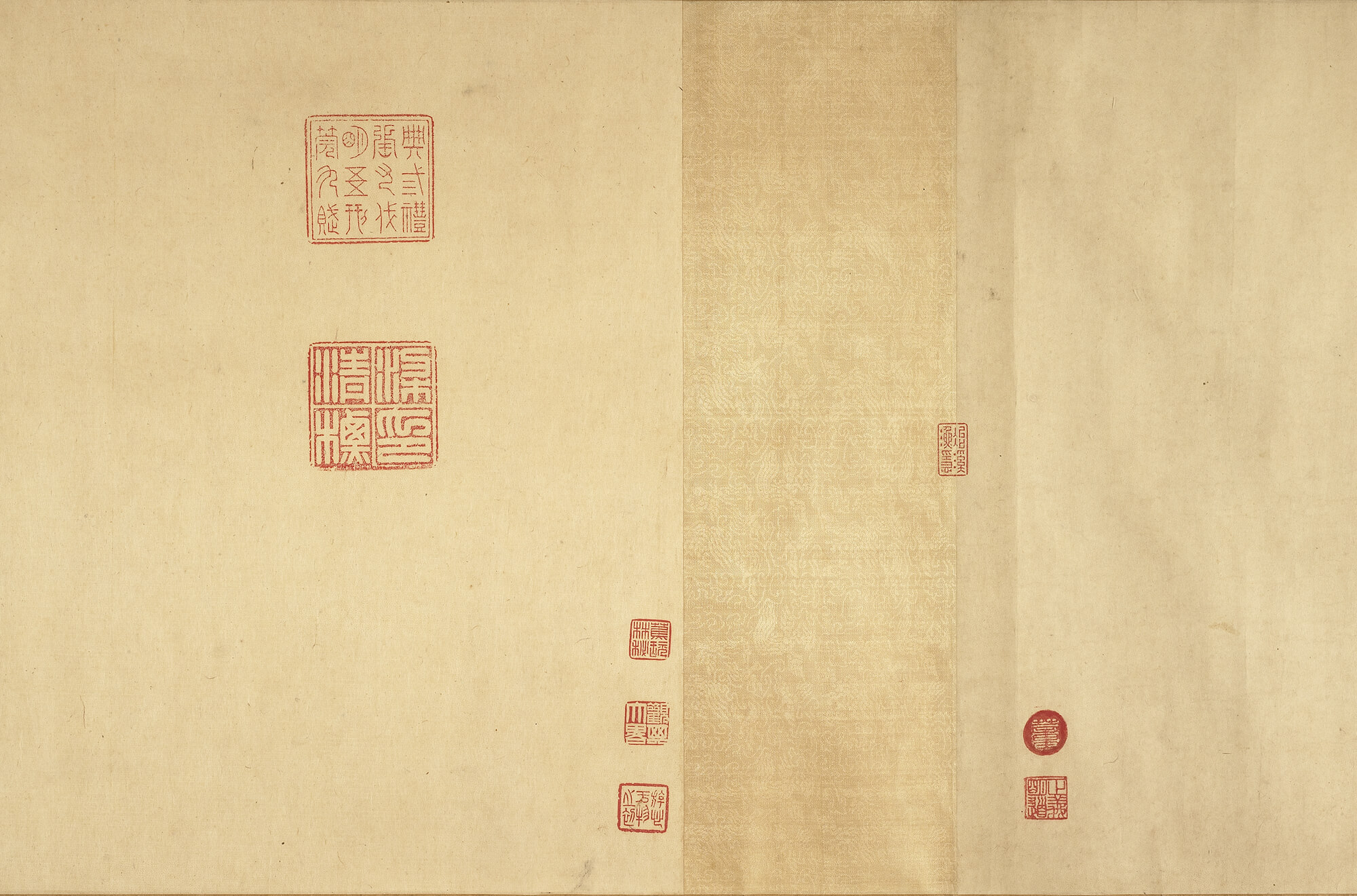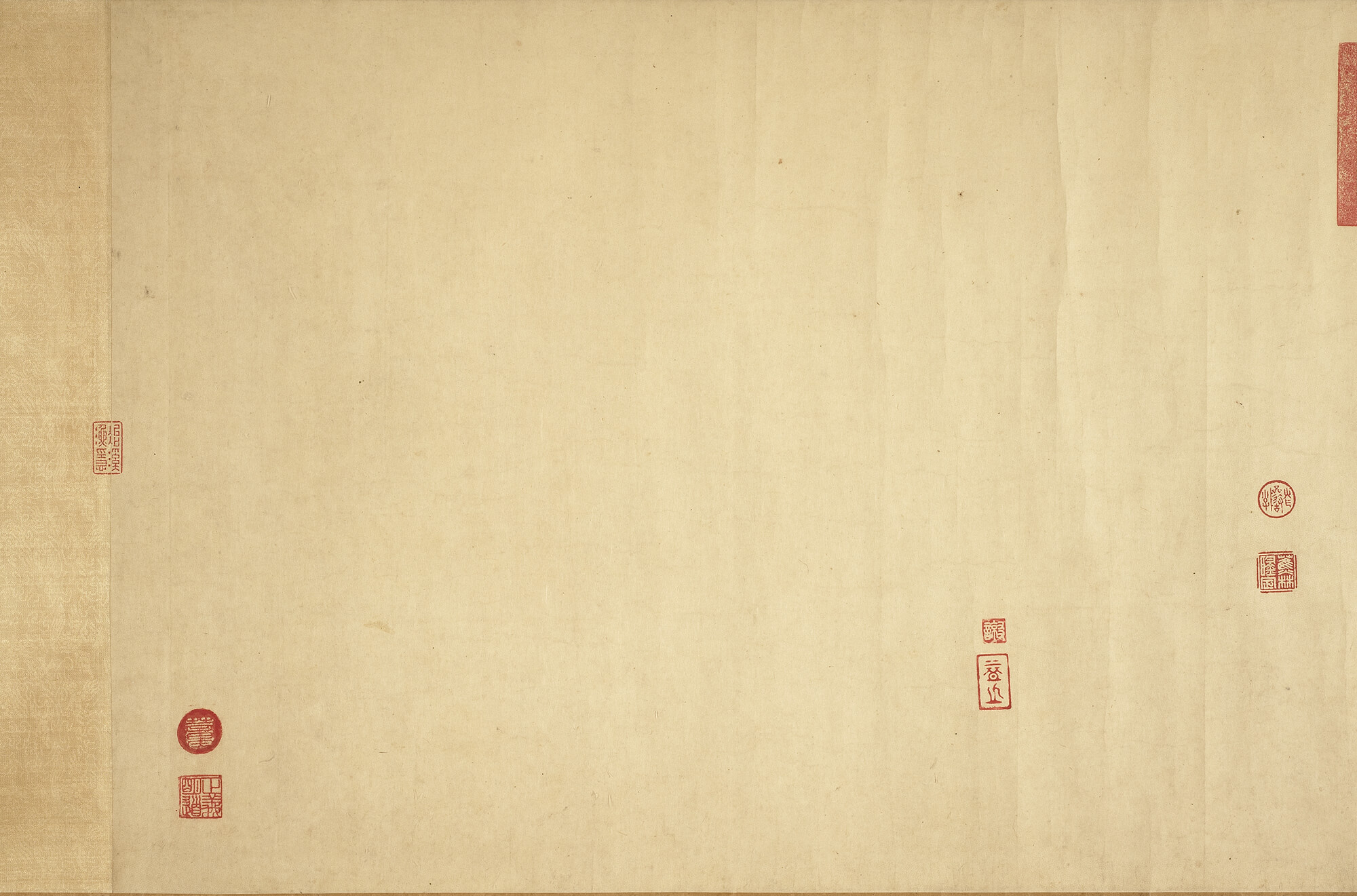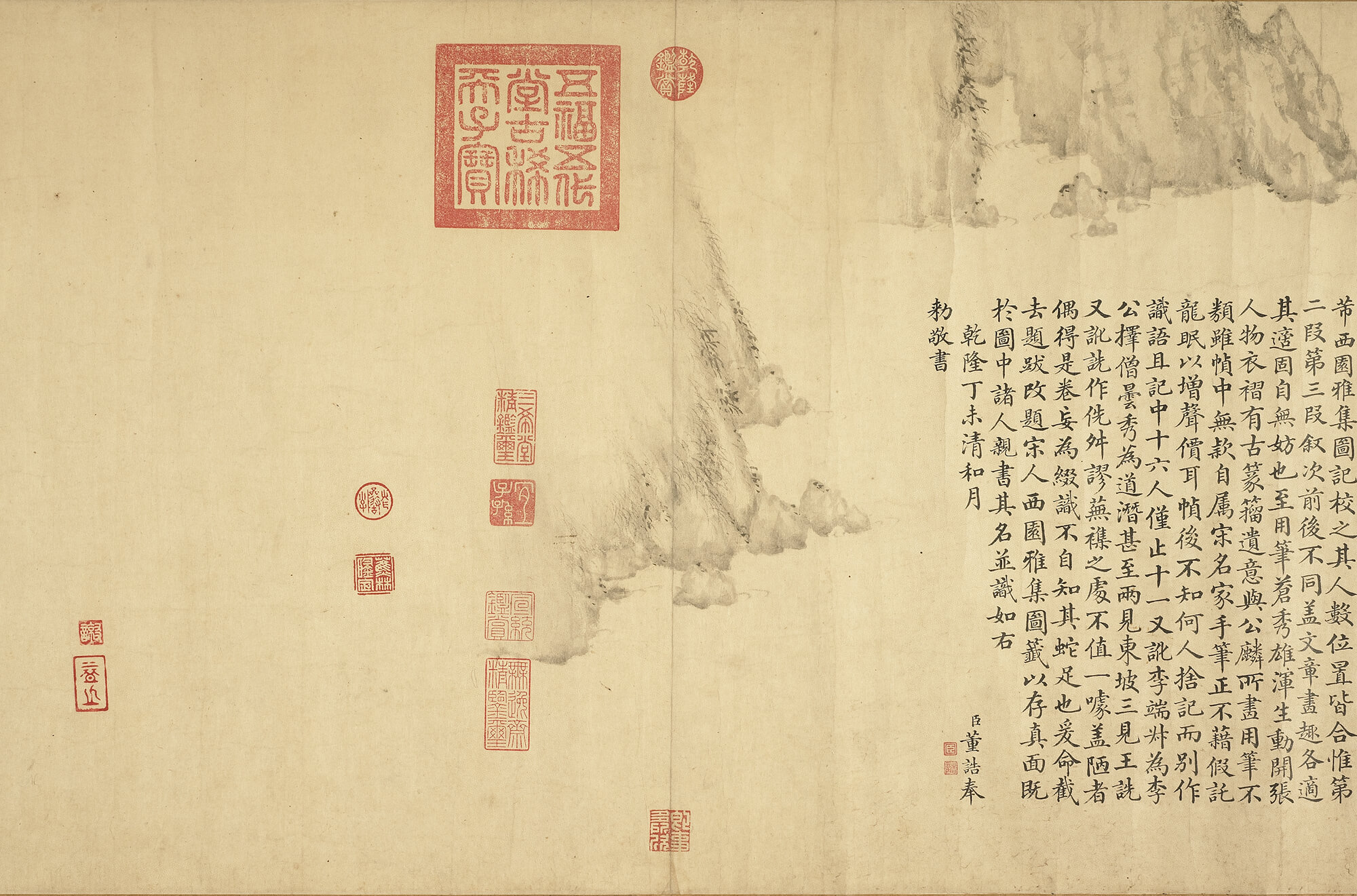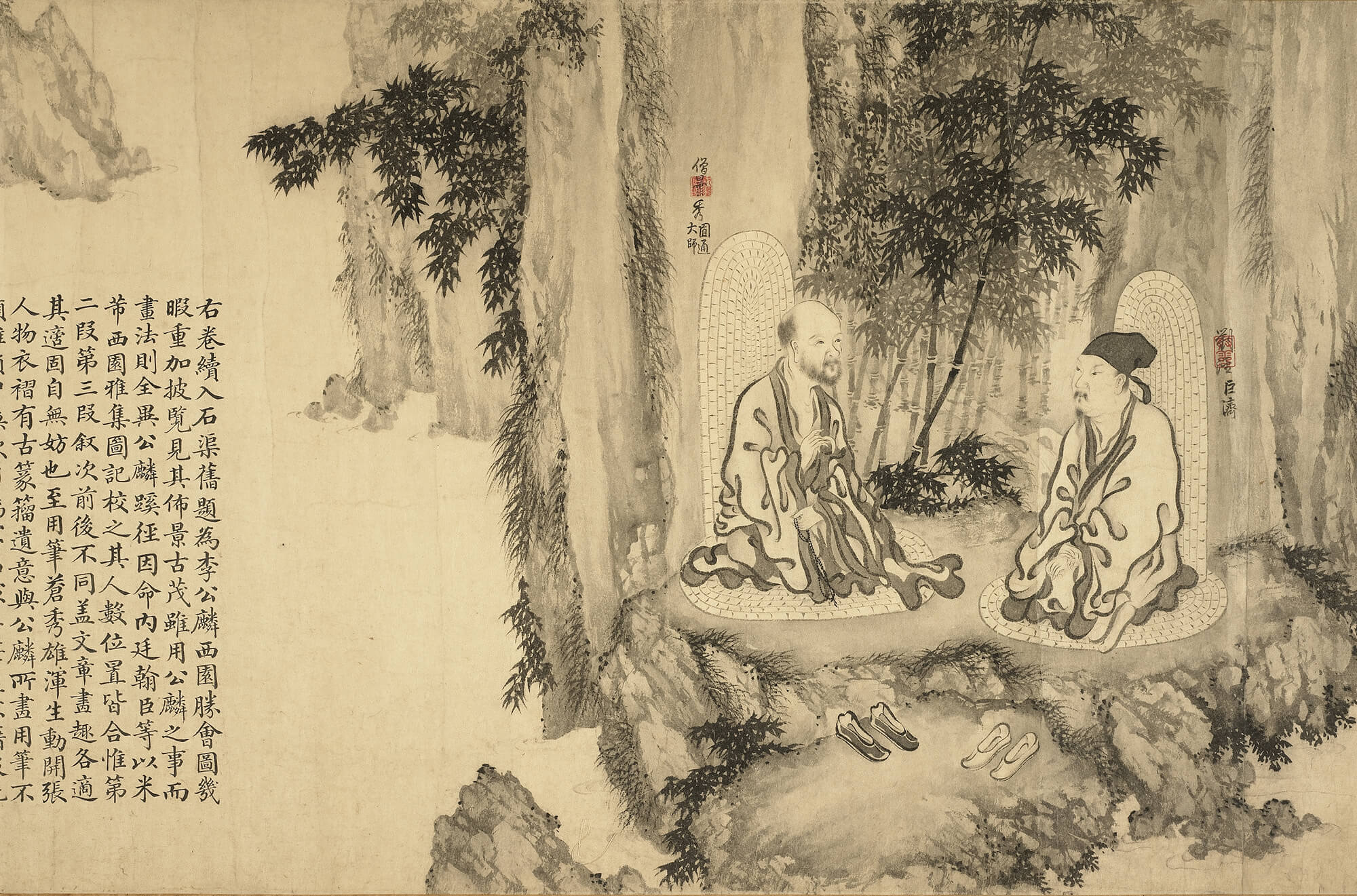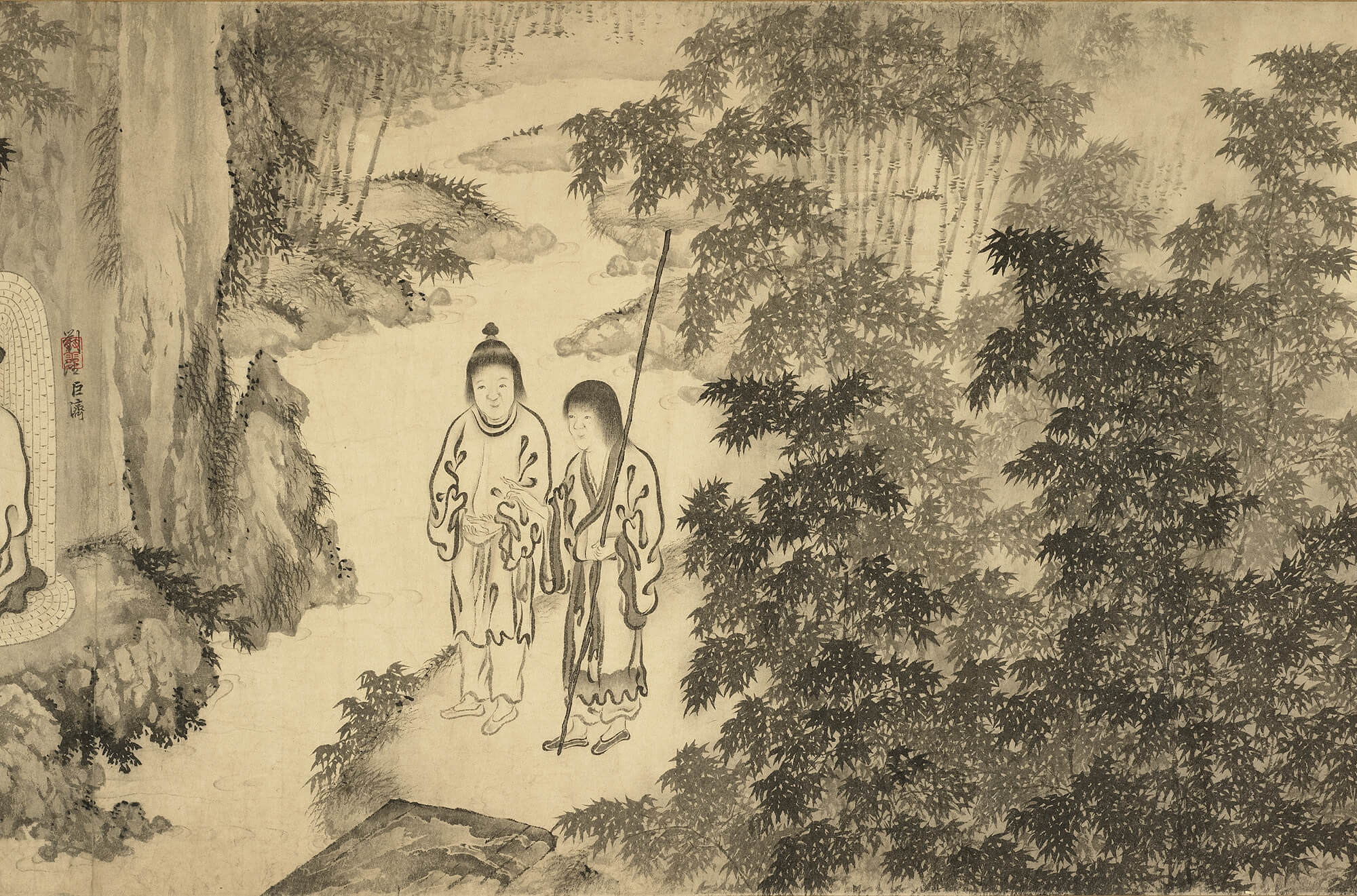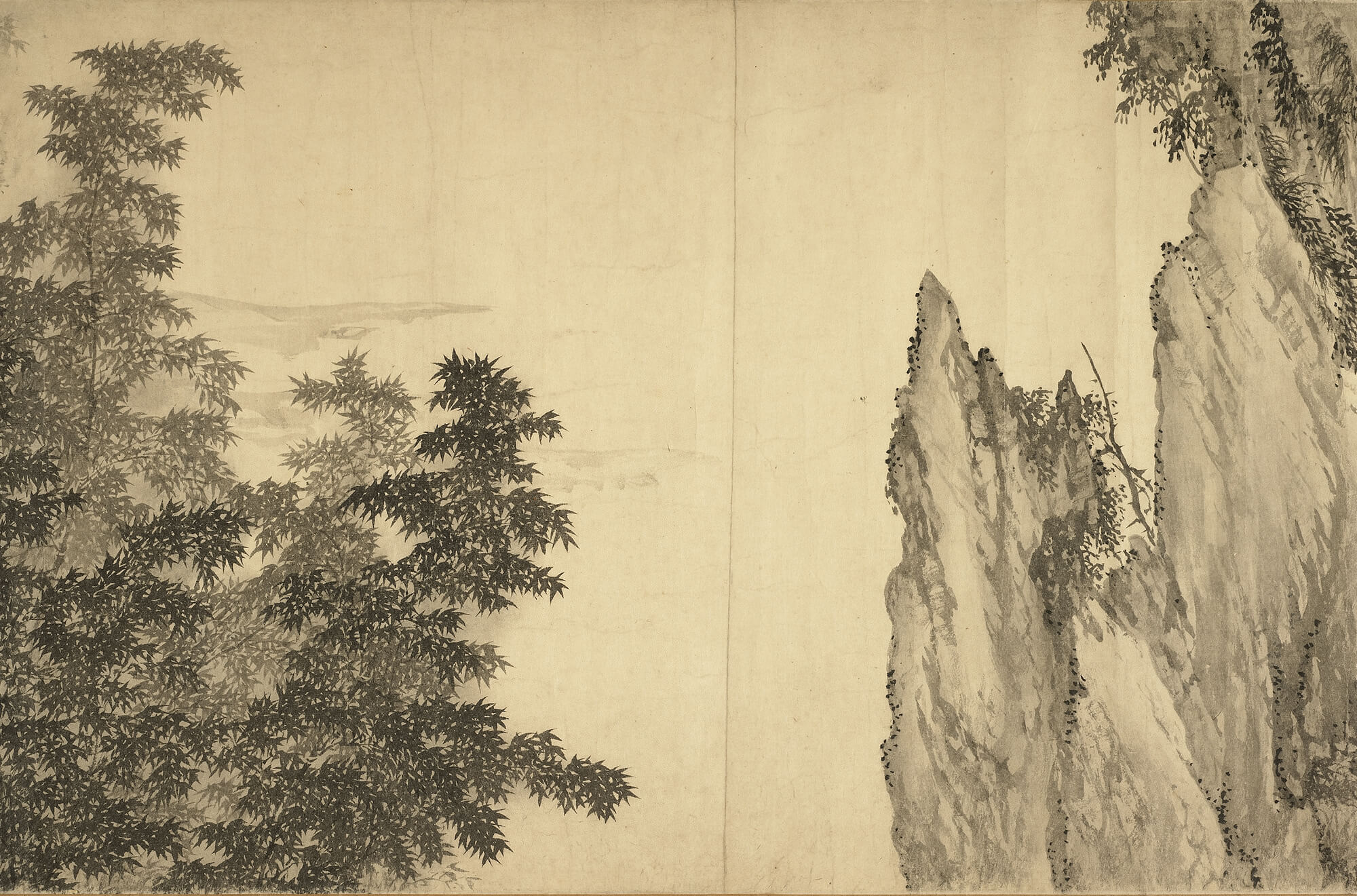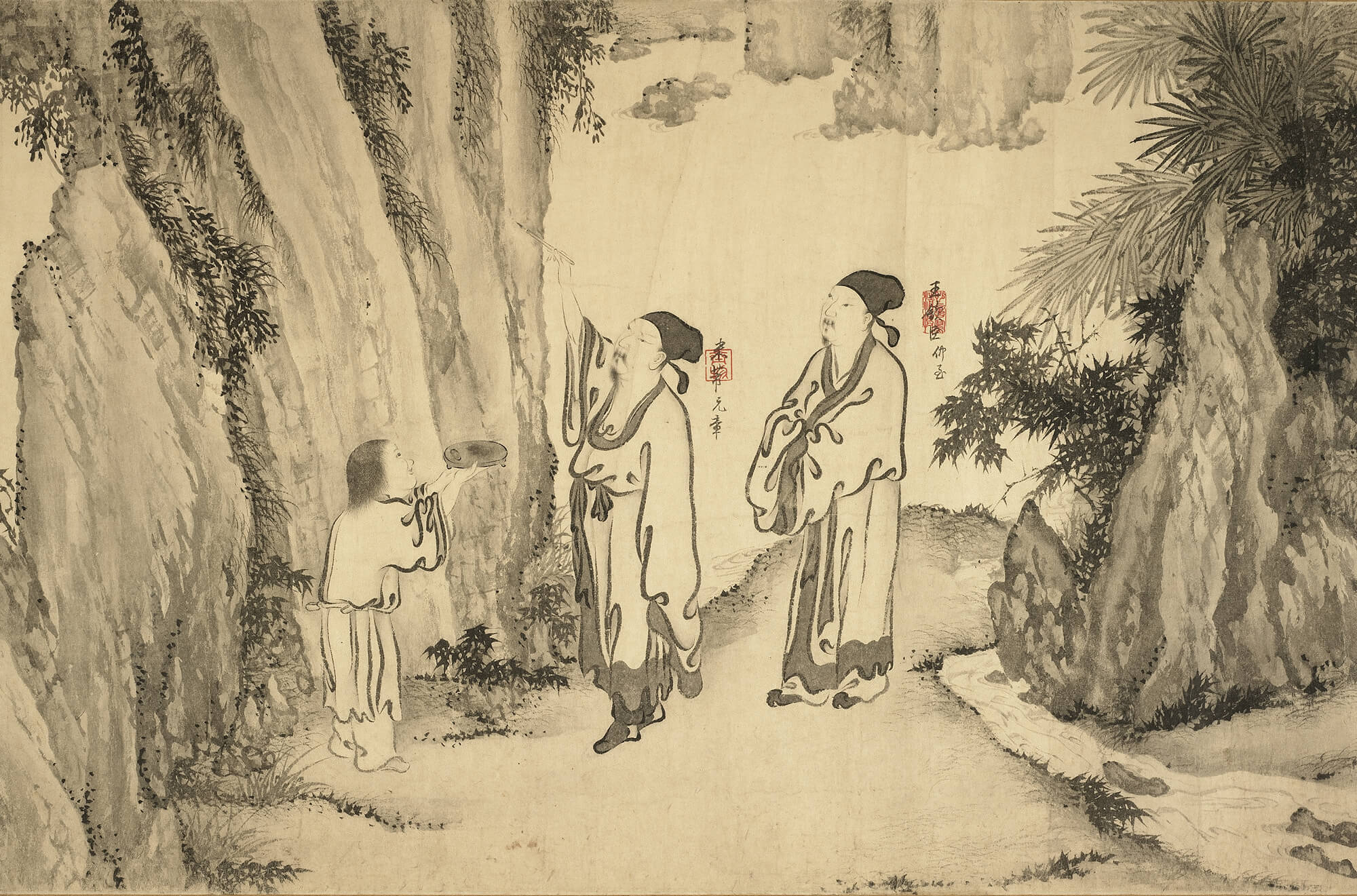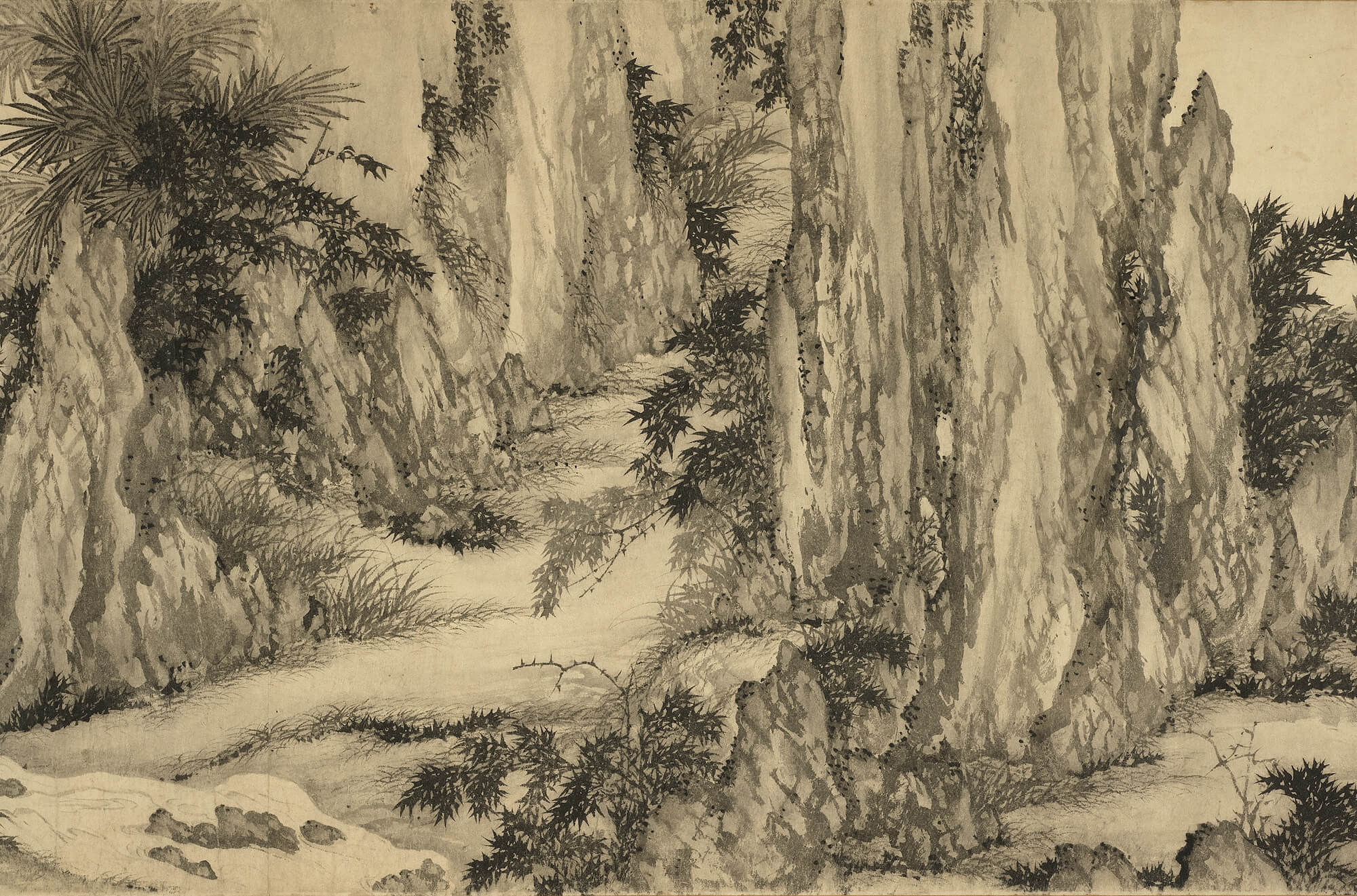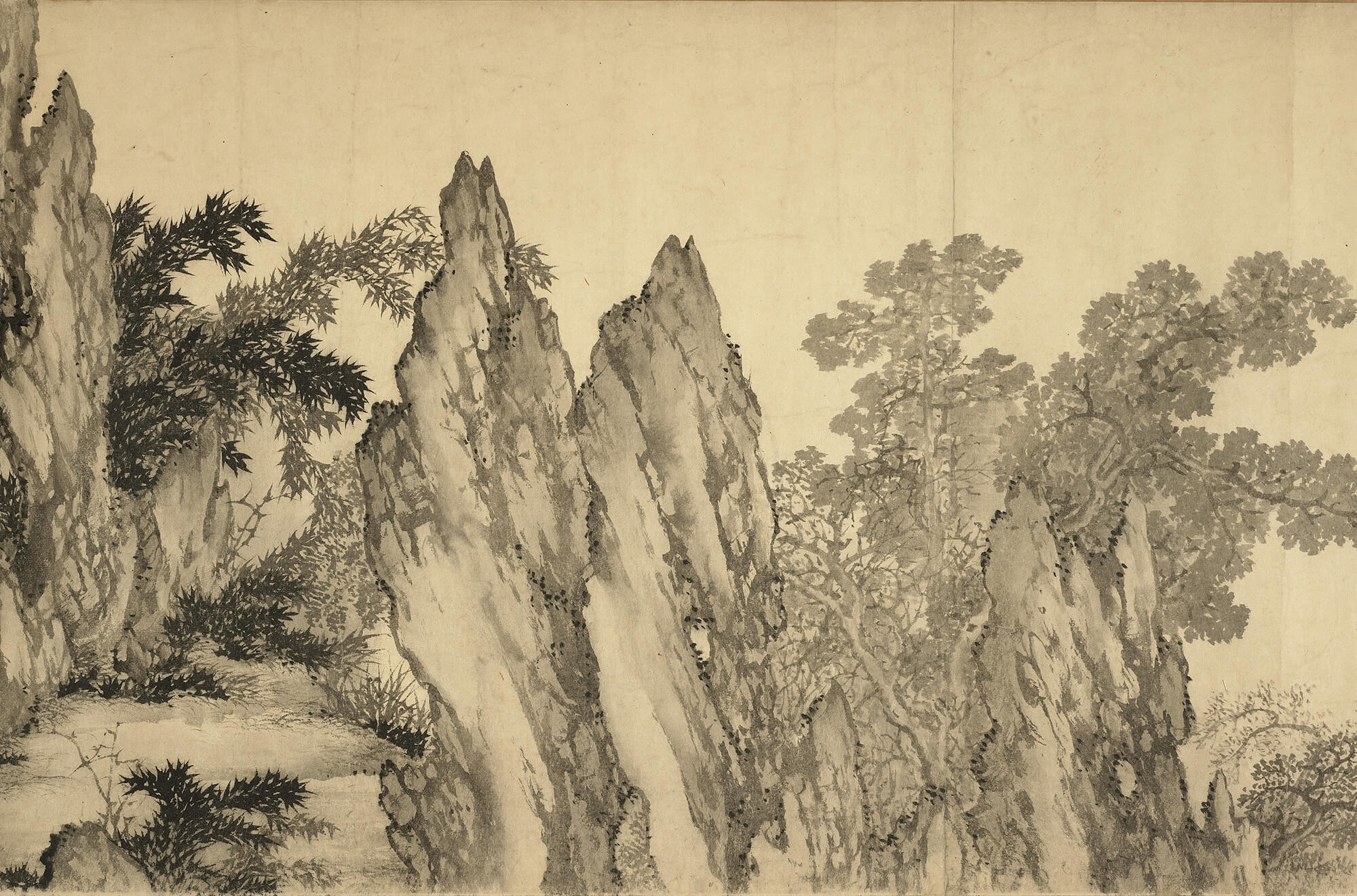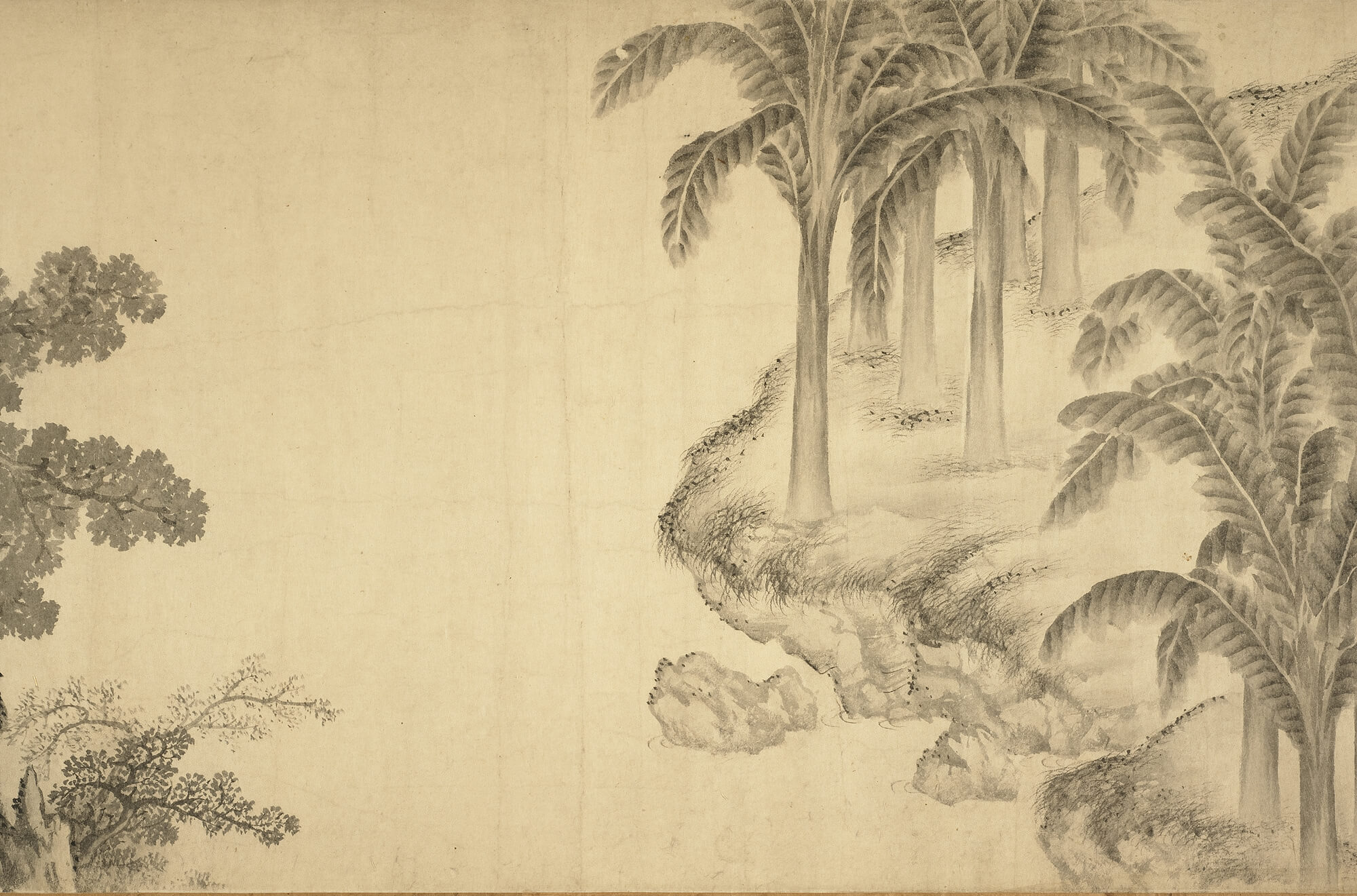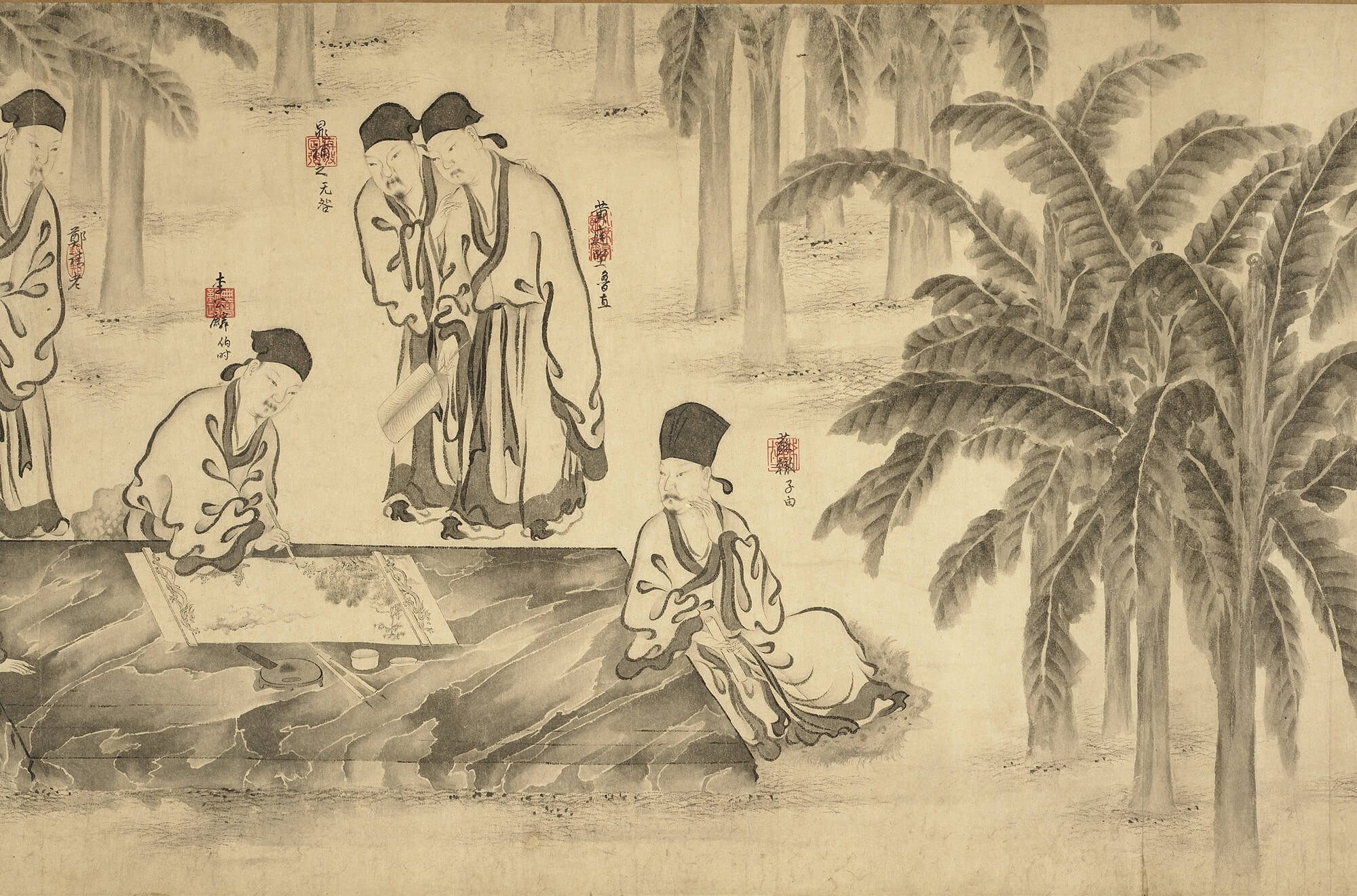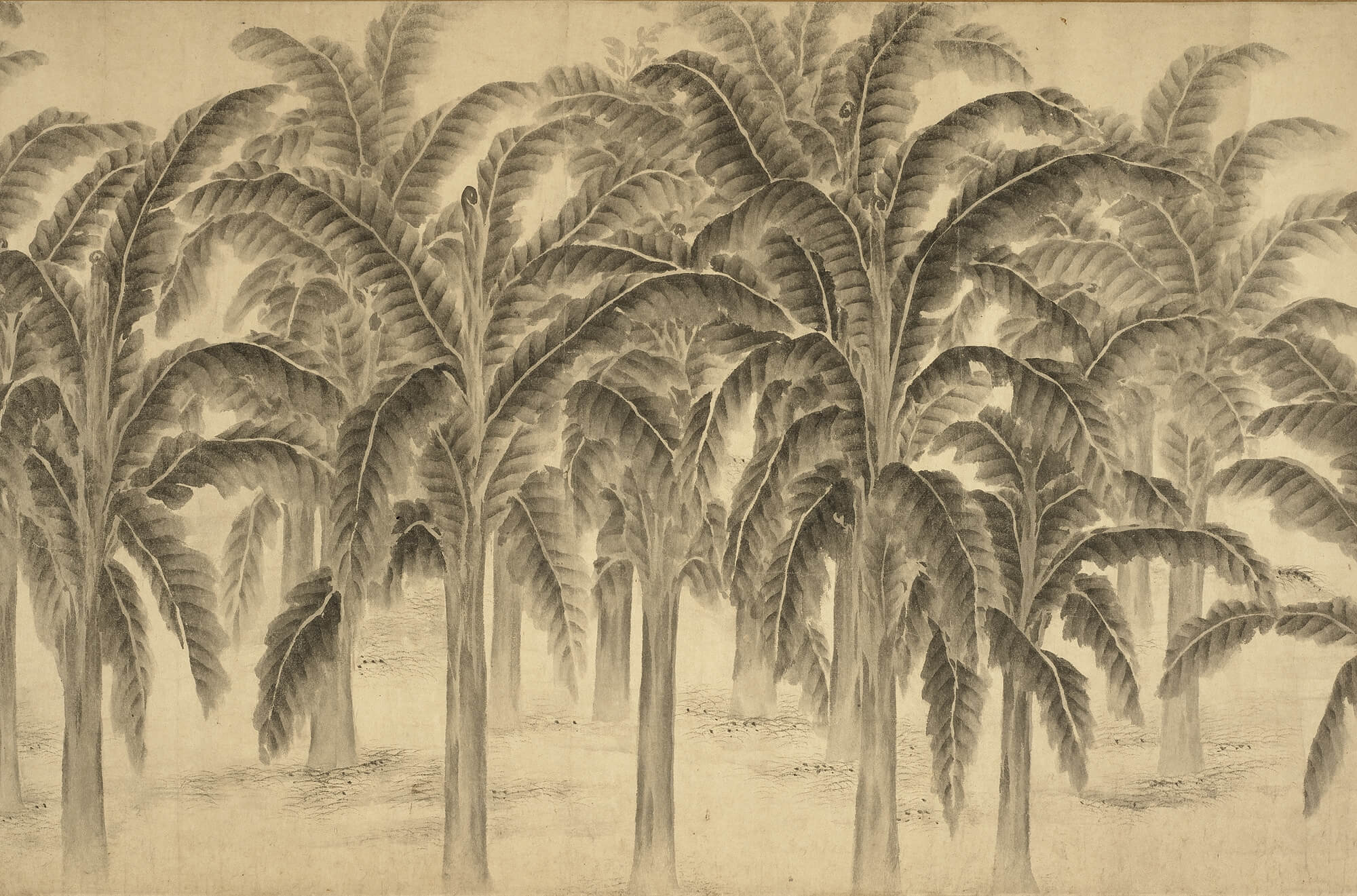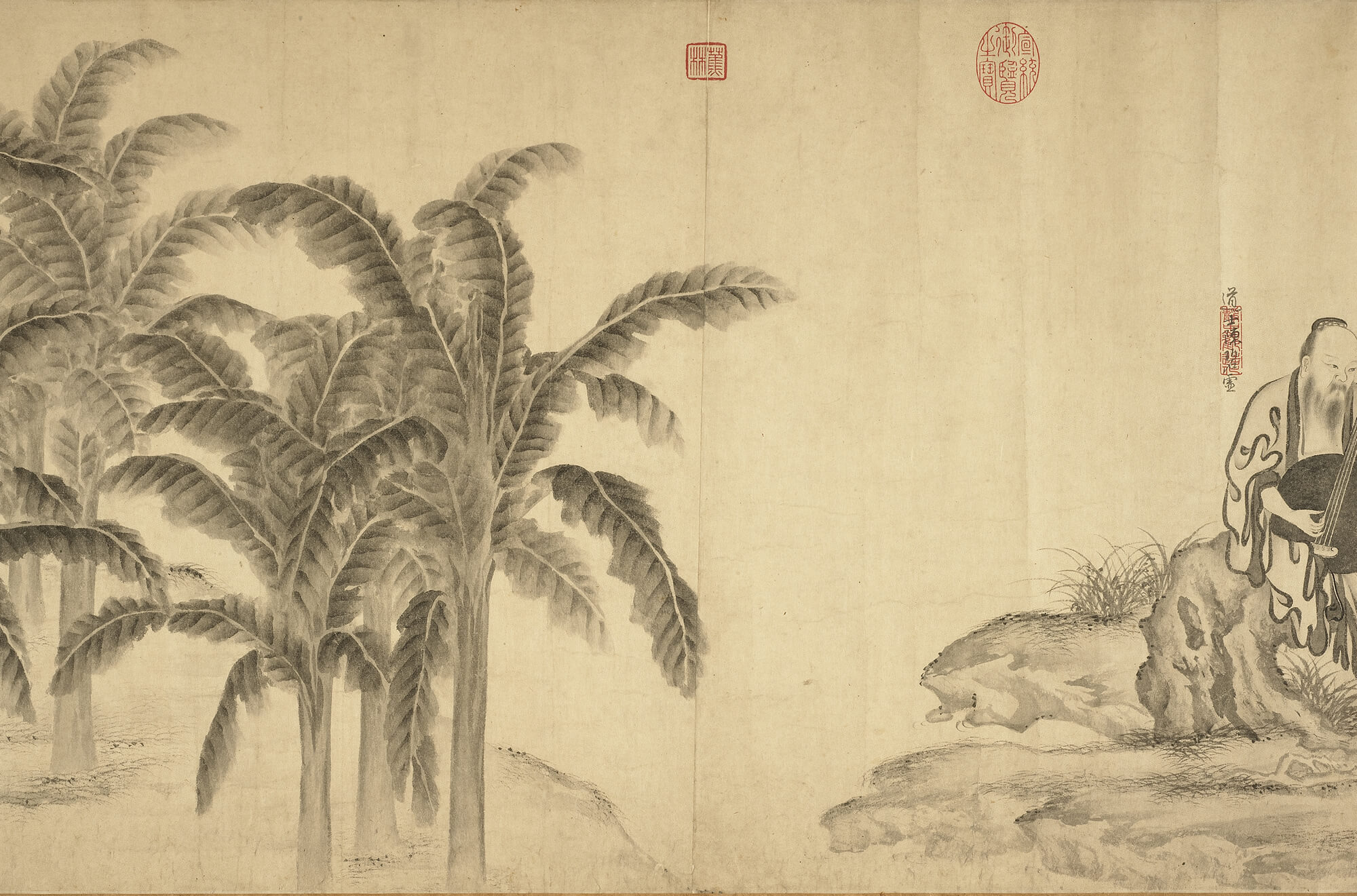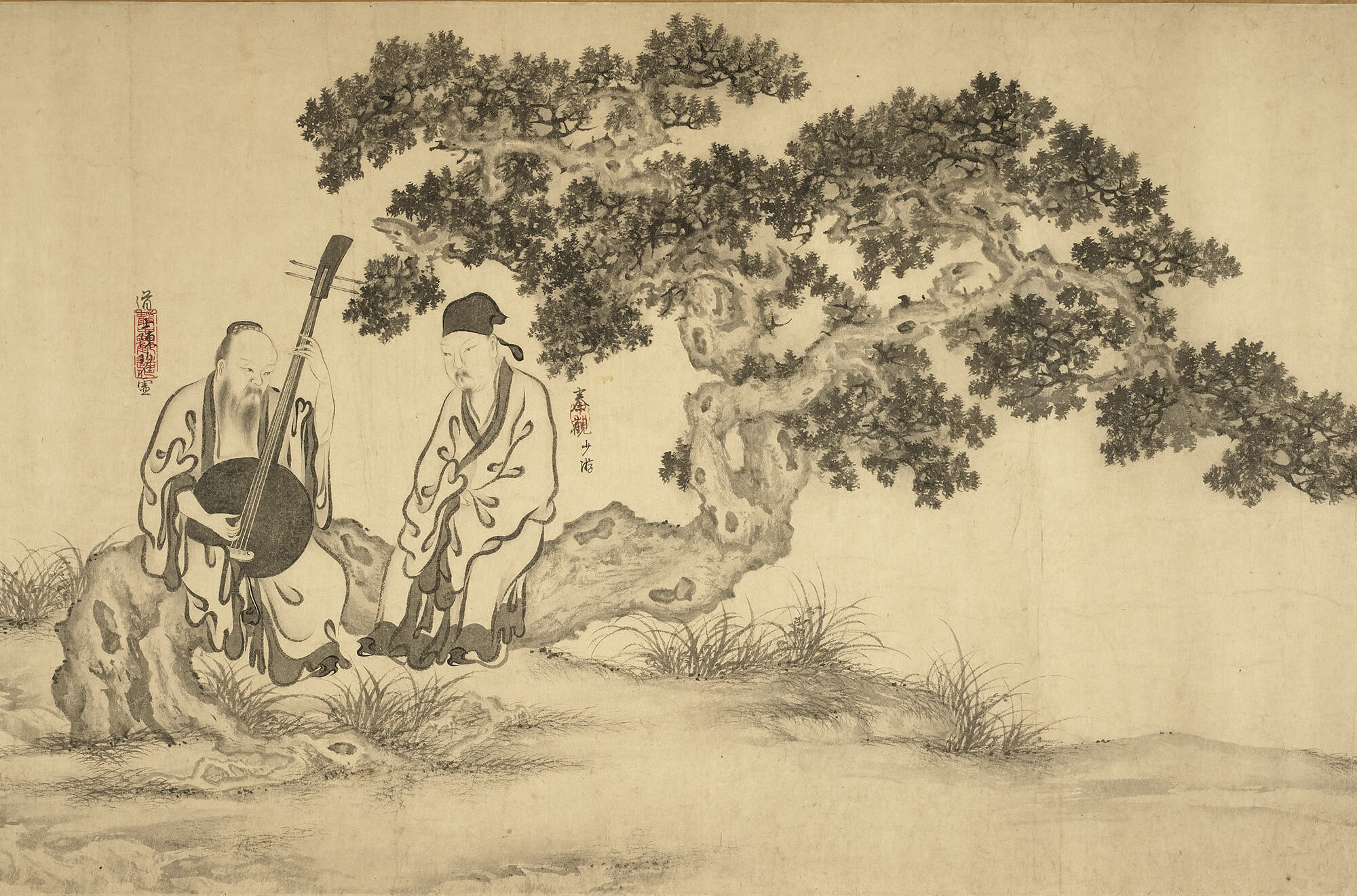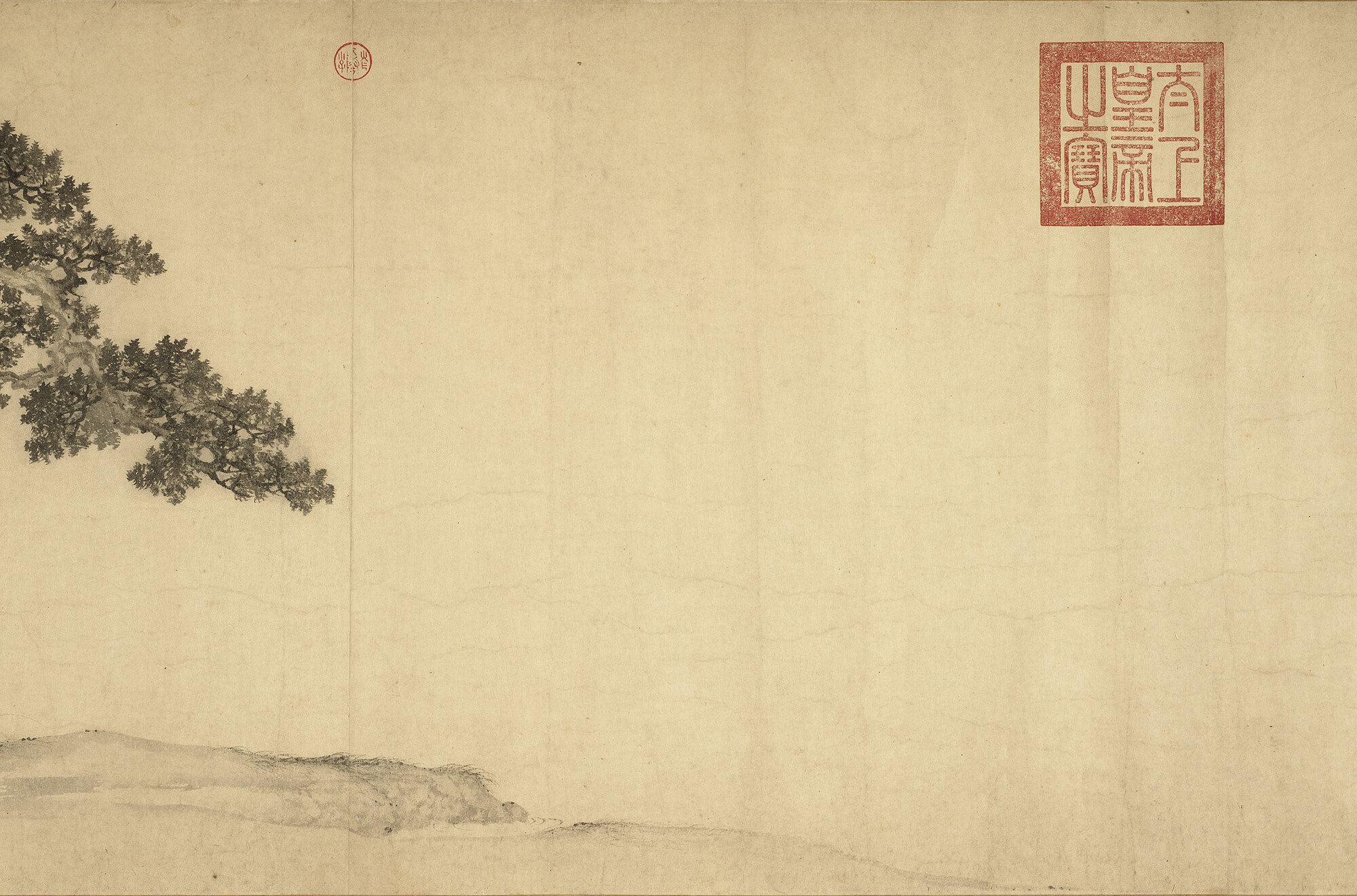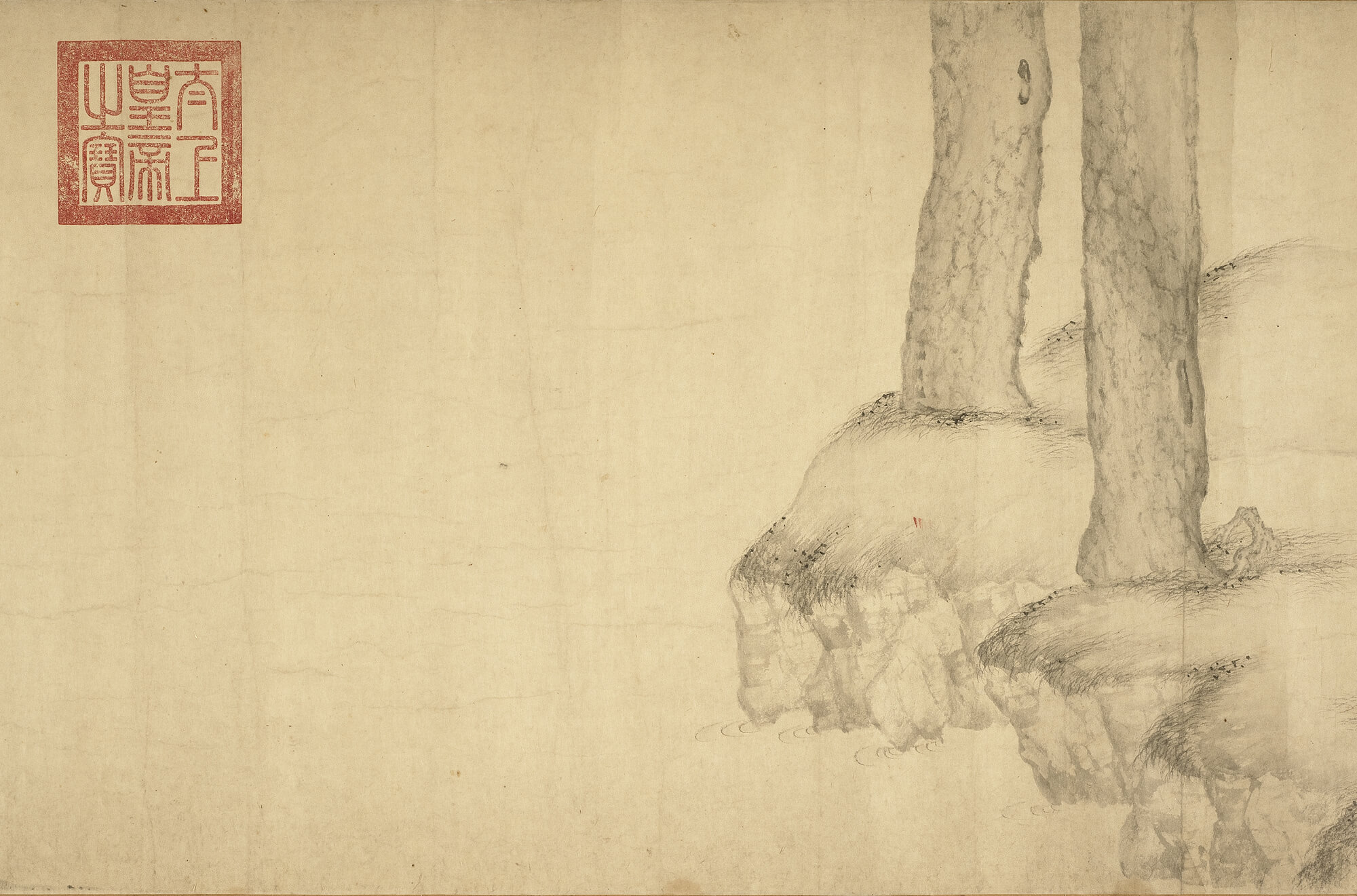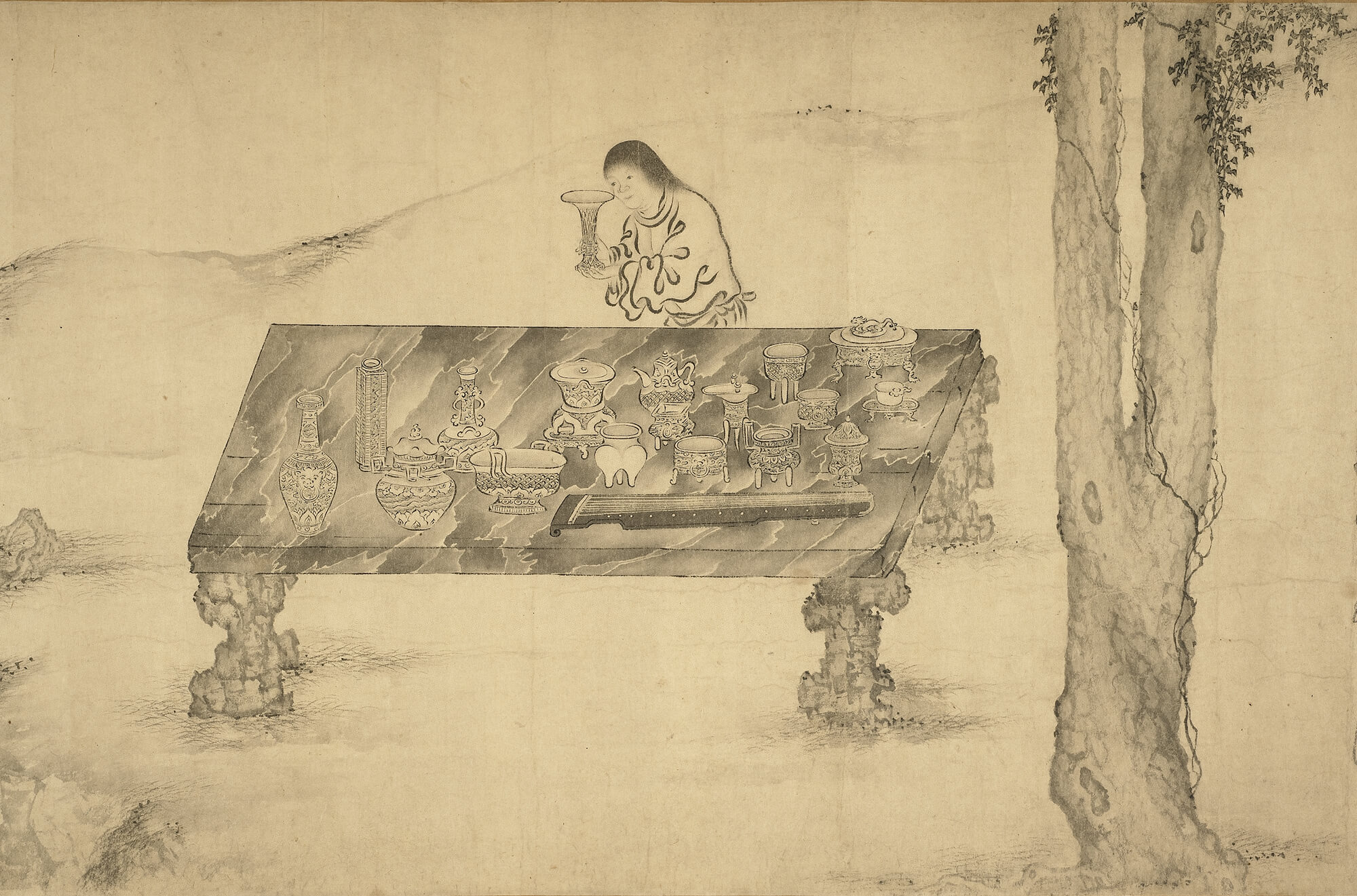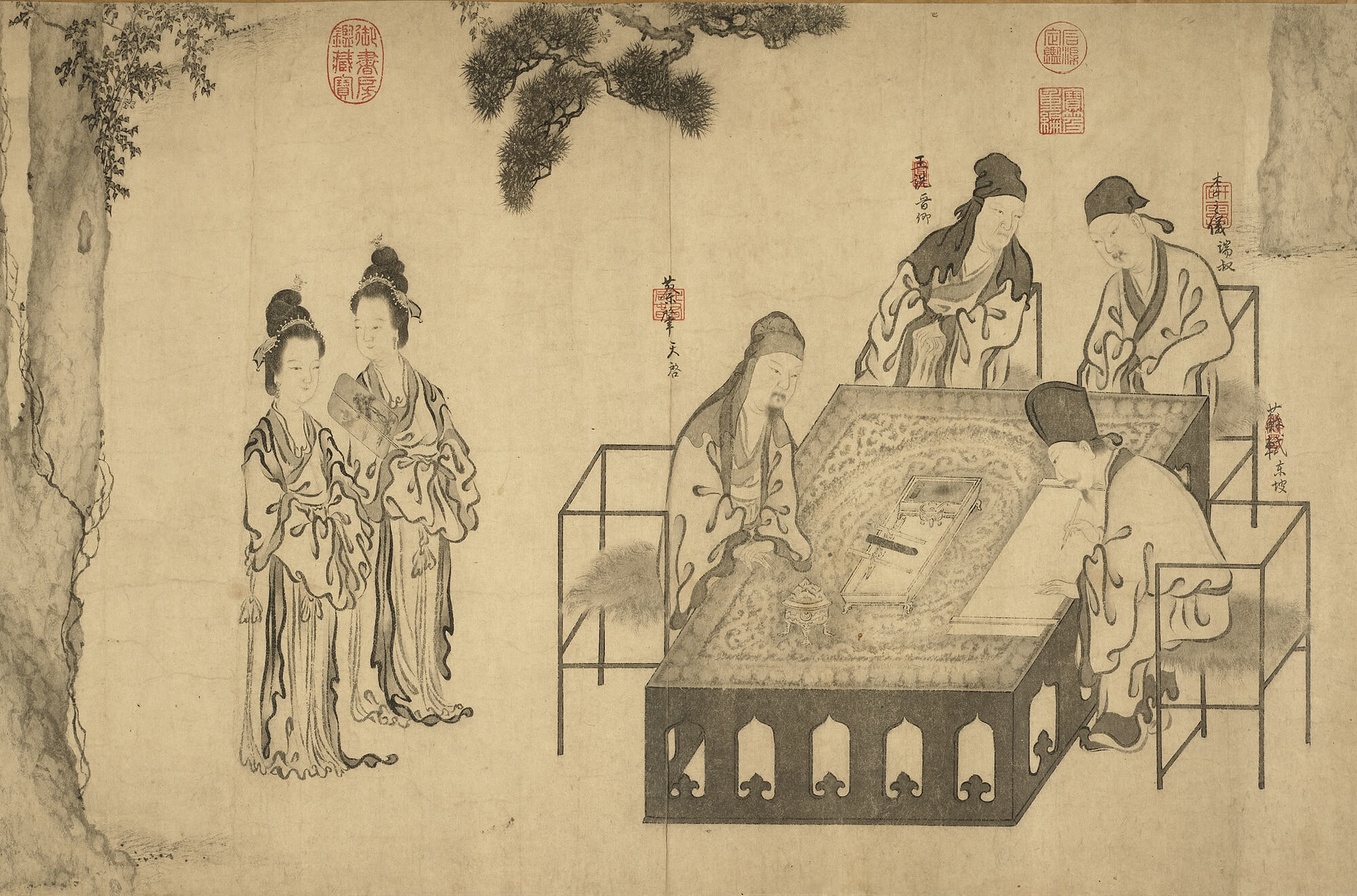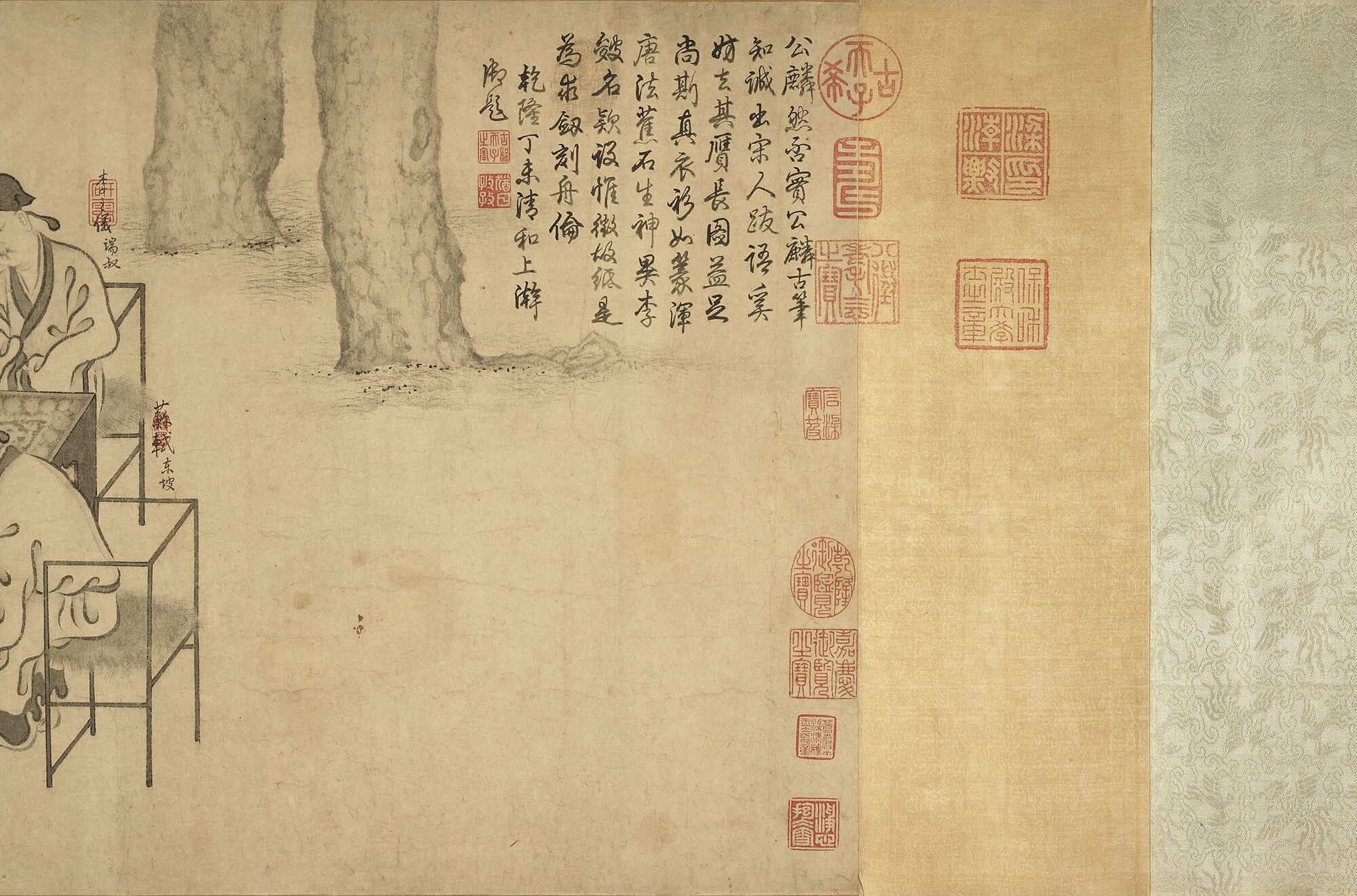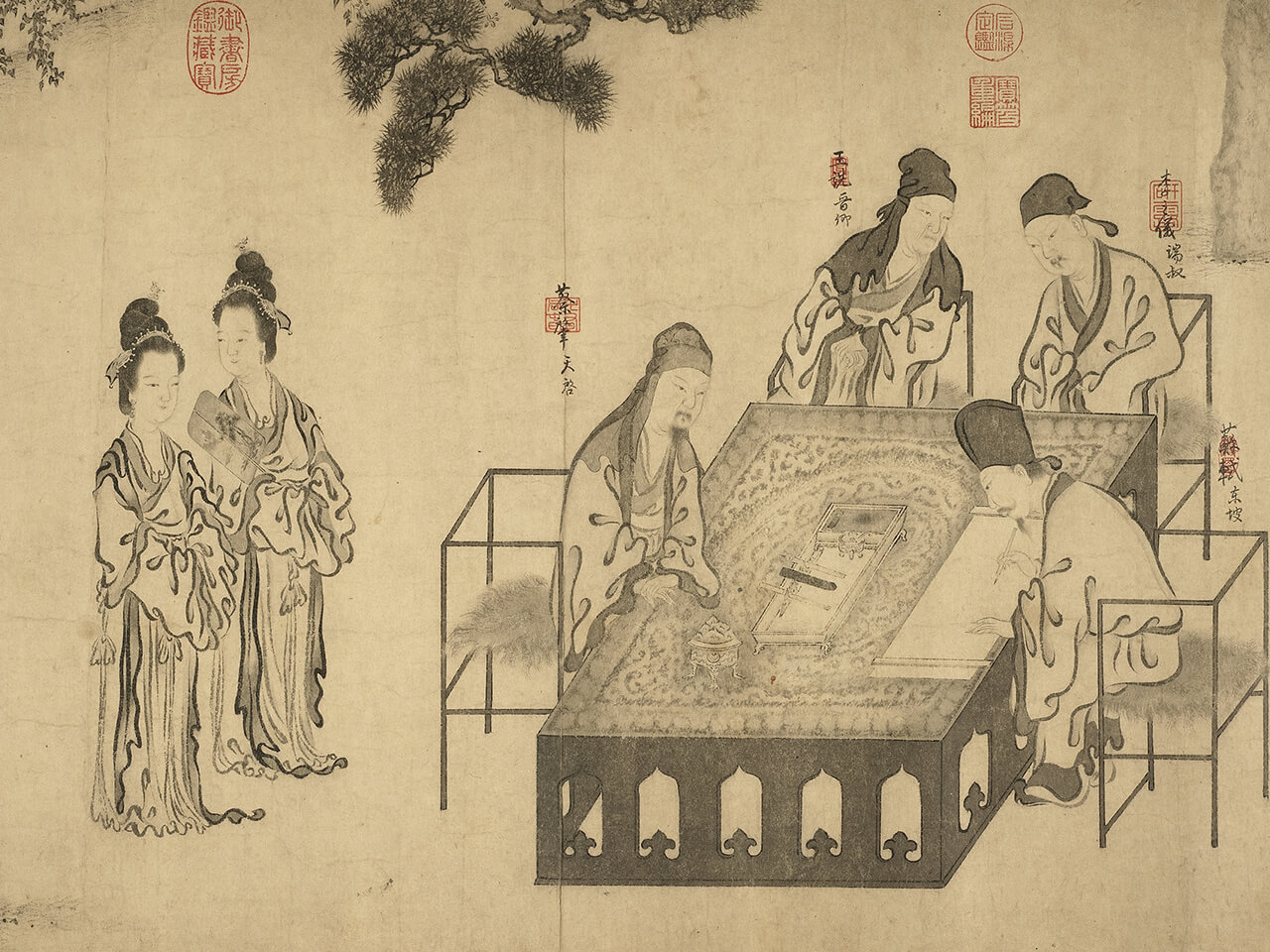An Elegant Gathering of the Imagination
It is reported that Wang Shen (1048-1104), an imperial son-in-law of the Northern Song dynasty, held a grand banquet at his residence with some of the most famous cultural figures of the time as his guests, including Su Shi (1037-1101), Huang Tingjian (1045-1105), Li Gonglin (ca. 1049-1106), and Mi Fu (1052-1108).
Afterwards, Li Gonglin reportedly did a painting and Mi Fu calligraphy to record it to commemorate this rare event. According to research, however, this meeting known as the "Elegant Gathering in the Western Garden" probably never even happened, the works of painting and calligraphy both the result of fabrication by later figures.
Regardless of the authenticity concerning this elegant gathering, it did not prevent people from yearning for the ideals of this famous cultural congregation. In the middle Ming dynasty (1368-1644), an interesting cultural phenomenon appeared in the form of numerous imitations and spurious attributions on this subject.
-
Elegant Gathering in the Western Garden
- Anonymous, Song dynasty (960-1279)
"Elegant Gathering in the Western Garden" became very popular in the late Ming dynasty and spilled over into the following Qing dynasty court. The Qianlong emperor (r. 1735-1796) not only wrote a colophon to express his ideas about the stylistic origins of this painting, he felt that the broad facial features of the figures and the brushwork for the drapery lines similar to ancient seal script could not have been the work of Li Gonglin, the alleged progenitor of this subject in painting. In light of the mistakes that Qianlong found in the old inscriptions, he decided to have the scroll remounted. After comparing the record with the painting to identify the figures, he personally recorded their names next to the illustration and ordered Dong Hao (1740-1818) at his court to record the process of correcting the contents in an inscription at the end of the scroll.
